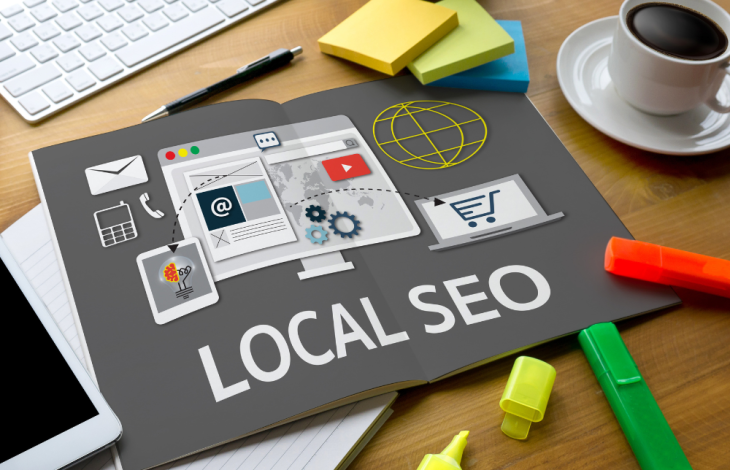Local SEO, or search engine optimization, is the process of optimizing a website to rank higher in local search engine results. It involves a combination of strategies and tactics that aim to improve a website’s visibility and relevance for local search queries. With more and more people using search engines to find local businesses, optimizing your website for local search has become a crucial aspect of online marketing.
In this blog post, we’ll take a closer look at the steps you can take to improve your website’s local SEO.
Step 1: Optimize your website for local search
The first step in local SEO is to optimize your website for local search. This involves a number of factors, including:
- Including your business’s name, address, and phone number (NAP) on every page of your website.
- Creating a dedicated page for each location of your business if you have multiple locations.
- Including location-specific keywords in your content, titles, meta descriptions, and alt tags.
- Adding schema markup to your website to help search engines understand your business’s location and other important details.
- Ensuring your website is mobile-friendly and loads quickly.
By optimizing your website for local search, you’ll make it easier for search engines to understand your business’s location and relevance for local search queries.
Step 2: Claim and optimize your Google My Business listing
Google My Business is a free tool provided by Google that allows businesses to manage their online presence across Google, including search and maps. Claiming and optimizing your Google My Business listing is one of the most important steps in local SEO.
To claim your Google My Business listing, you’ll need to:
- Create a Google account or sign in to your existing one.
- Go to Google My Business and click the “Manage now” button.
- Enter your business name and address and select the correct category.
- Verify your business by phone, email, or mail.
Once you’ve claimed your Google My Business listing, you’ll want to optimize it by:
- Adding your business’s name, address, and phone number (NAP).
- Selecting the most relevant categories for your business.
- Adding photos and videos to showcase your business.
- Creating posts to promote your business and events.
- Encouraging customers to leave reviews.
By optimizing your Google My Business listing, you’ll increase your visibility in Google’s local search results and make it easier for potential customers to find your business.
Step 3: Build local citations
Local citations are mentions of your business’s name, address, and phone number (NAP) on other websites, such as directories, social media profiles, and review sites. Building local citations is an important part of local SEO because it helps establish your business’s credibility and authority in your local area.
To build local citations, you’ll want to:
- List your business in local directories such as Yelp, YellowPages, and Citysearch.
- Create social media profiles for your business on platforms such as Facebook, Twitter, and Instagram.
- Encourage customers to leave reviews on review sites such as Yelp, Google, and TripAdvisor.
By building local citations, you’ll increase your business’s visibility in local search results and improve your overall online presence.
Step 4: Get backlinks from local websites
Backlinks are links from other websites that point to your website. Getting backlinks from local websites is another important aspect of local SEO because it helps establish your business’s authority and relevance in your local area.
To get backlinks from local websites, you’ll want to:
- Reach out to other local businesses and offer to exchange links.
- Sponsor local events and get listed on the event website.
- Create local content such as guides, lists, and resources that other websites can link to.
By getting backlinks from local websites, you’ll improve your website’s authority


Leave a Reply